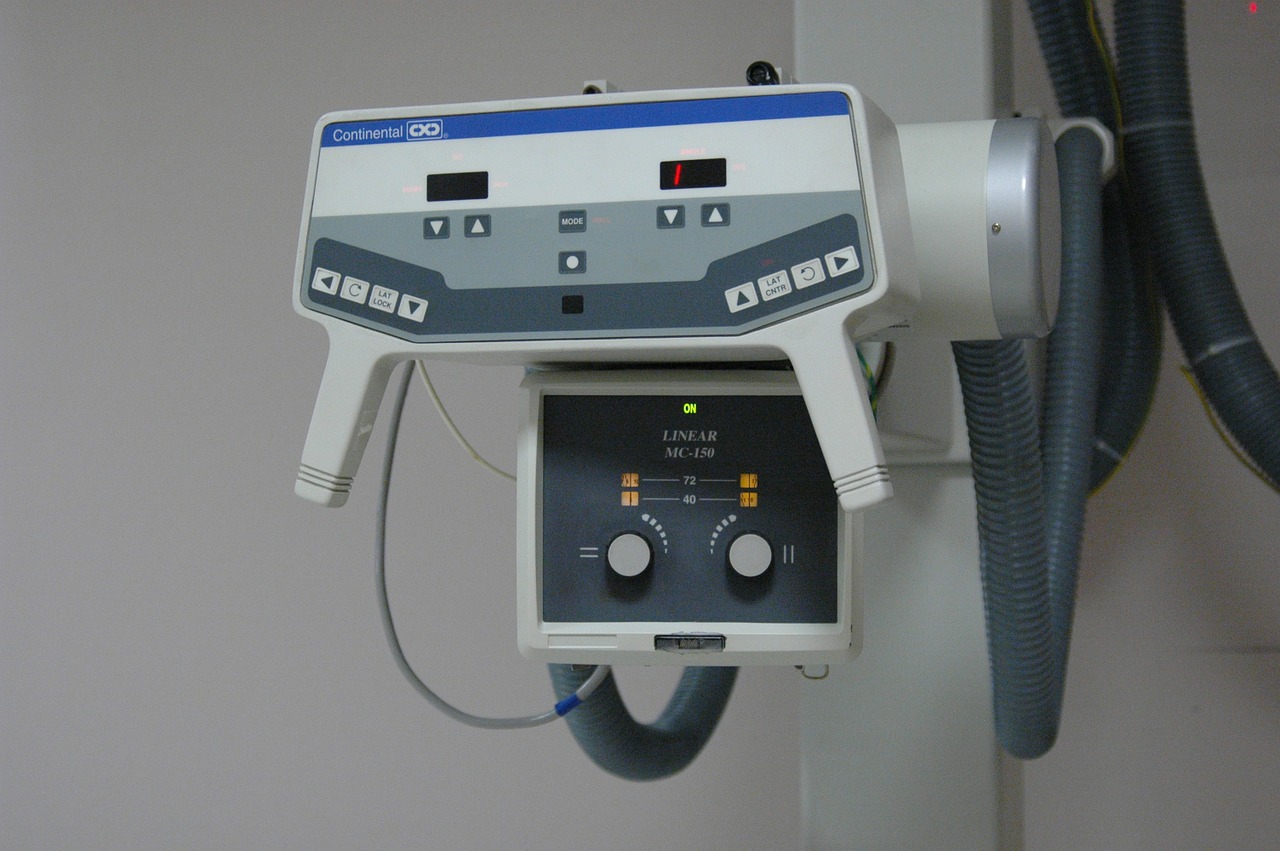When patients hear of X-ray exams, many begin to worry about radiation exposure. For decades, physicians and patients have worn aprons composed of lead as a means of shielding from unnecessary exposure to radiation and ensure patient safety. However, several clinical practices and hospitals have recently been rethinking the use of these lead aprons.
There are several reasons physicians have been reassessing the necessity of lead aprons during X-ray examinations. One is that these lead shields may actually impair the quality of diagnostic images taken. According to the American Association of Physicists in Medicine, these aprons provide “negligible, or no, benefit to patients’ health” and the use of lead shields may affect the efficacy of the exams. Physicians have found it difficult to position the aprons accurately on the body. This results in radiation exposure in the targets they are intended to protect. The aprons may also obscure specific areas that a doctor may need to view, which results in unnecessary repeats of the exam to obtain the correct diagnostic images. These repeats increase the patient’s exposure to radiation.
Image Source: Reza Estakhrian
Another reason is that the amount of radiation from these exams is less harmful than what several may believe. In the 1950s, covering reproductive organs during X-rays was advised due to studies that found radiation effects in fruit flies at the time. However, the amount of radiation needed for an X-ray in modern times is nearly one-twentieth of that of the 1950s due to advances in technology. In subsequent research studies, scientists have also found no measurable harm to reproductive organs.
Currently, several facilities in Canada and Australia have approved of the movement away from lead shields with Great Britain following closely to abandon them as well. The U.S. may be next in this new change. Cynthia Rigsby, a radiologist at the Ann & Robert H. Lurie Children’s Hospital in Chicago, stated that a campaign is underway at the hospital to educate staff and patients about the new change in policy which will stop the lead shielding effective spring 2020.
Furthermore, the Food and Drug Administration has made a proposal to remove the recommendation of protective shielding use during these exams. A final decision on this proposal is expected to be made in the future near the end of the year. However, it is still recommended that health workers in the imaging vicinity wear lead to protect themselves for occupational safety.










